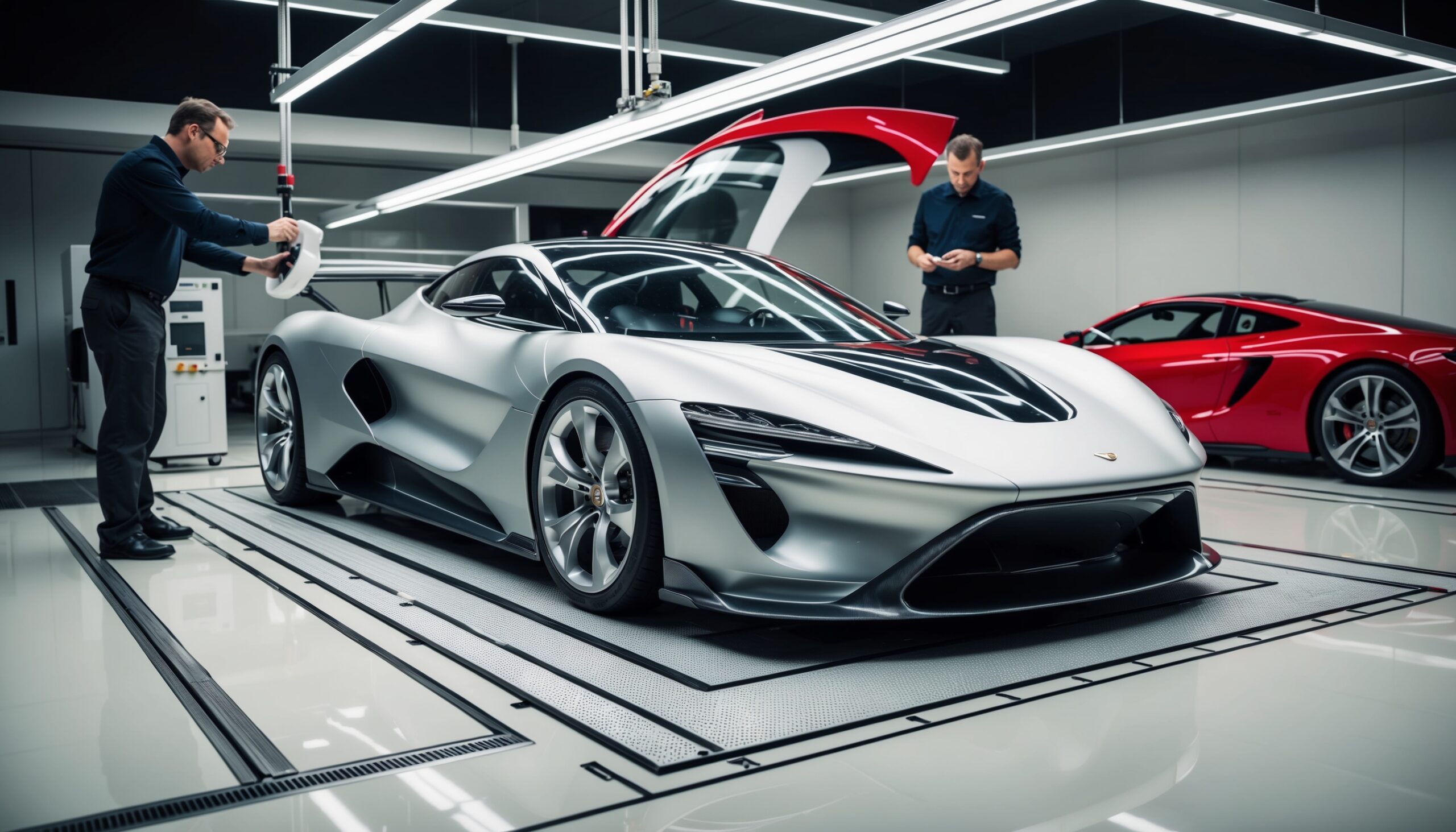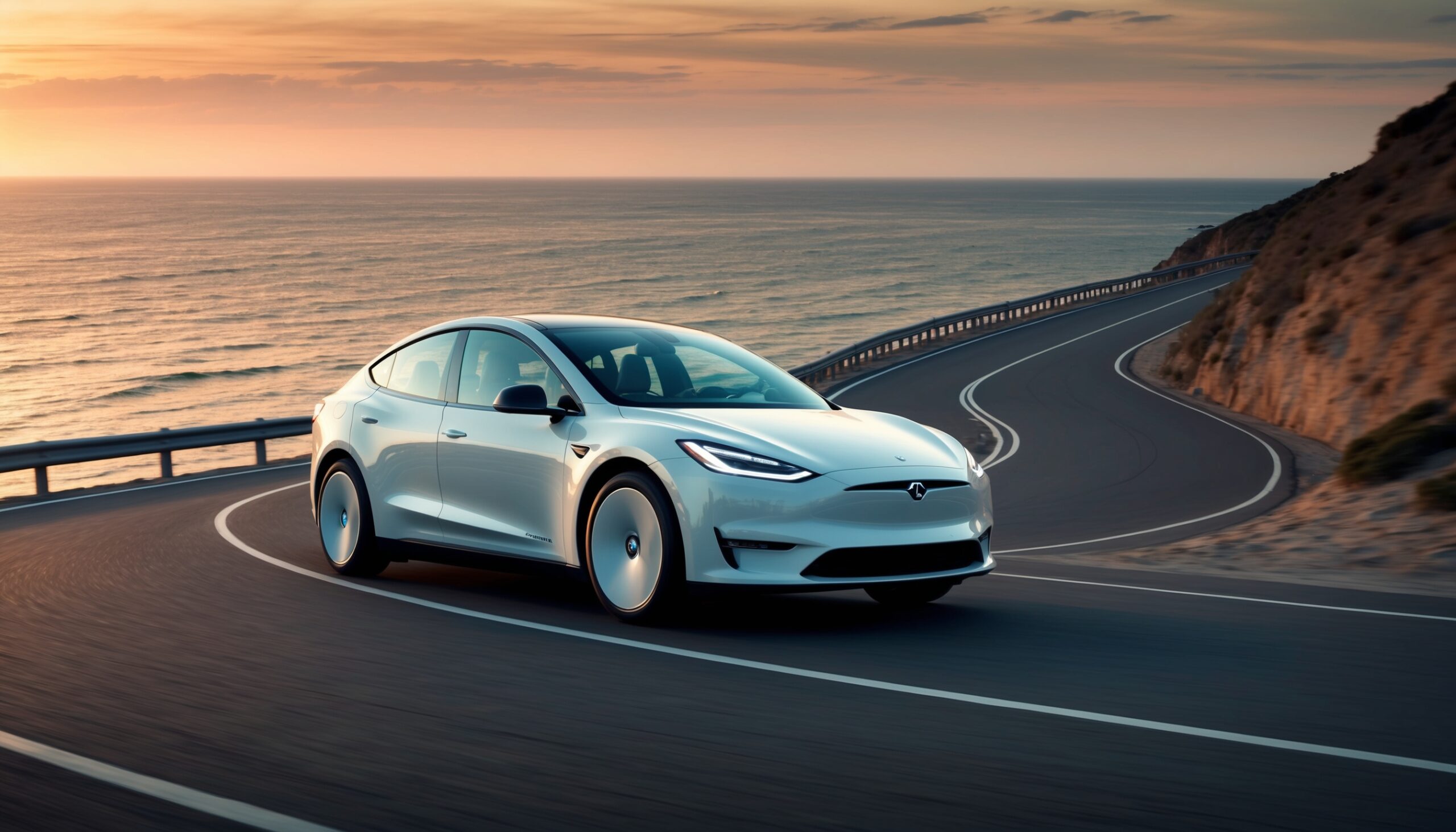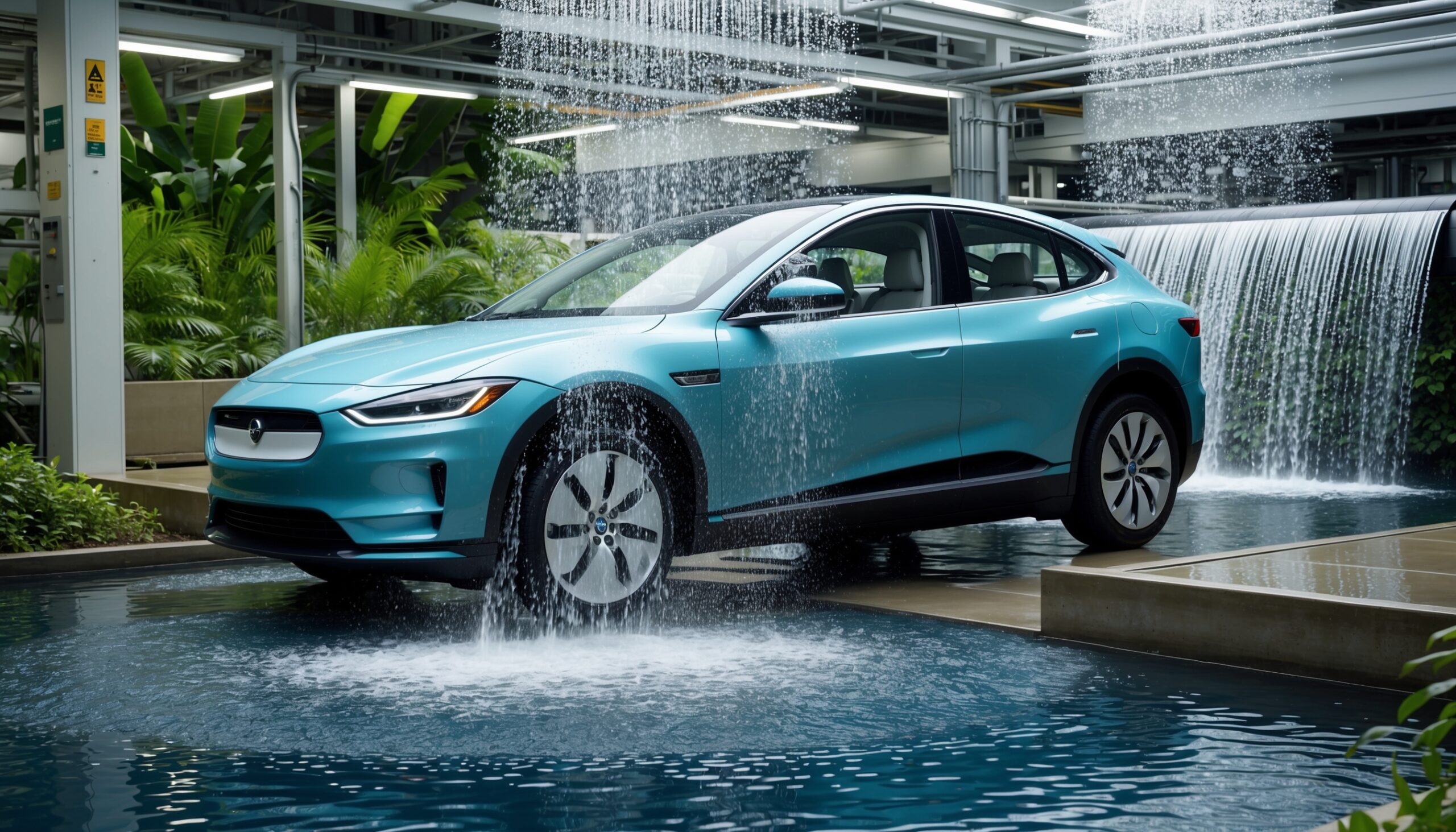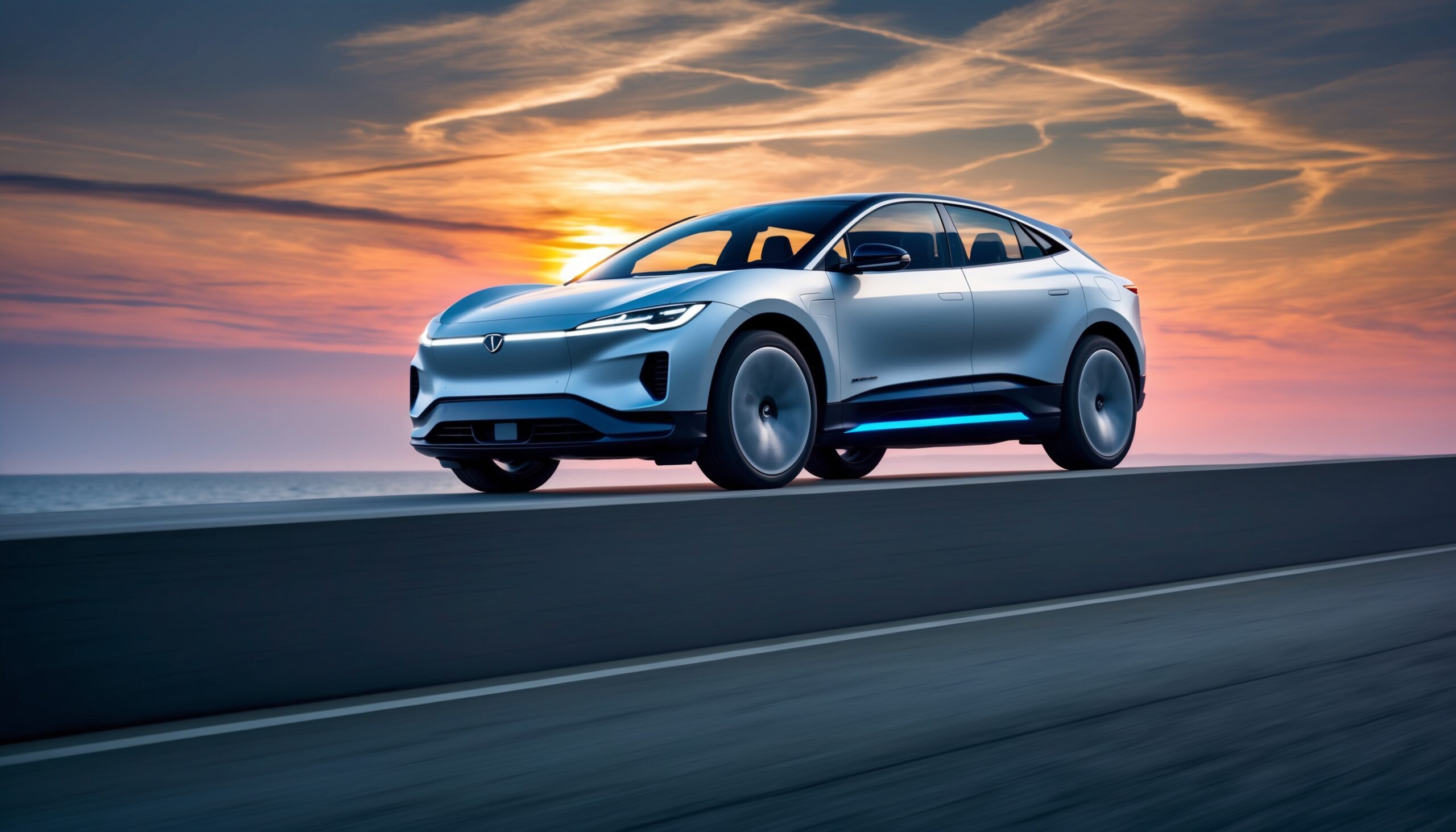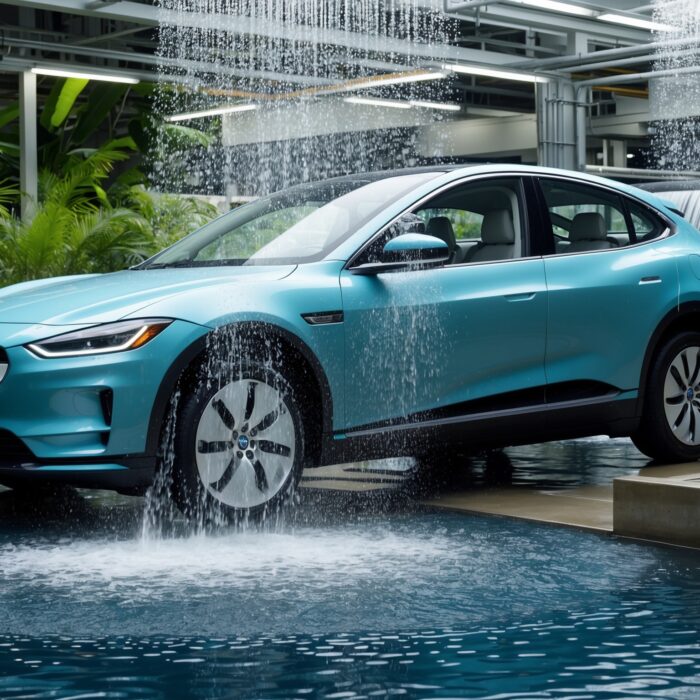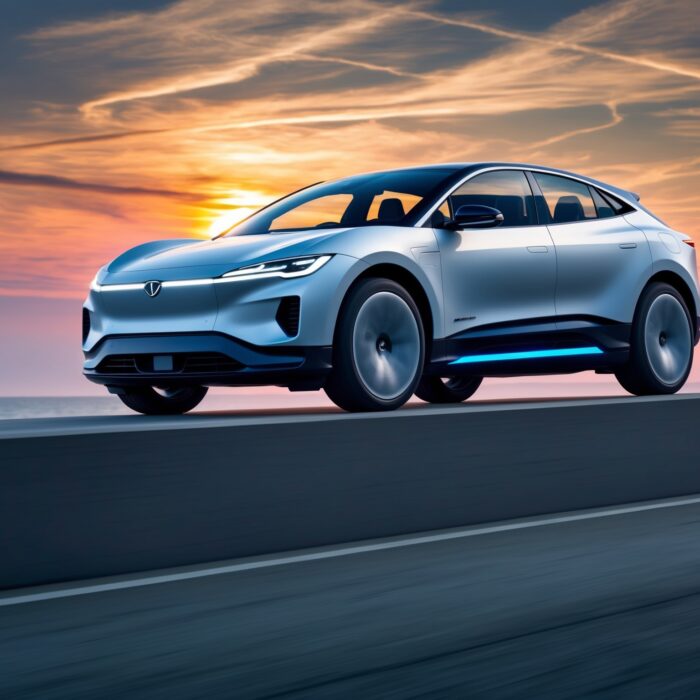The Evolution of Automotive Lighting: Micro-LEDs and Intelligent Headlights
When we think about the evolution of cars, our minds often drift to horsepower, sleek designs, and cutting-edge technology under the hood. However, one of the most significant advancements that has revolutionized the driving experience—often overlooked—lies in the realm of automotive lighting. From the humble beginnings of simple incandescent bulbs to the sophisticated micro-LEDs and intelligent headlights of today, the journey of automotive lighting is as fascinating as it is illuminating. In this blog post for Torque Feed, we’ll dive deep into the evolution of automotive lighting, exploring how micro-LED technology and intelligent systems are reshaping the future of nighttime driving.
The Early Days of Automotive Lighting
To truly appreciate where we are today, it’s essential to take a step back and look at the origins of automotive lighting. The first cars were equipped with simple oil lamps, which offered minimal visibility and posed a significant fire hazard. As the automotive industry evolved, so did the need for better lighting solutions.
Incandescent Bulbs: A Step Forward
By the early 1900s, the introduction of incandescent bulbs marked a significant leap in automotive lighting technology. These bulbs provided brighter light and improved visibility for drivers. However, they came with their fair share of challenges. Incandescent bulbs had a relatively short lifespan and were inefficient, converting only a small portion of energy into usable light.
The Advent of Halogen Lights
The 1960s brought about another breakthrough with the halogen bulb. These bulbs improved upon their incandescent predecessors by providing a brighter, whiter light and a longer lifespan. Halogen lights became the standard for many vehicles, thanks to their efficiency and enhanced visibility. However, car enthusiasts were still looking for something more—something that would revolutionize nighttime driving.
Enter Xenon and HID Headlights
The late 1990s saw the introduction of xenon gas-discharge (HID) headlights, which took automotive lighting to new heights. These lights produced a bright, white light that mimicked daylight, allowing for better visibility on the road.
Benefits of HID Headlights
- Brightness: HID headlights are significantly brighter than traditional halogen bulbs, enhancing nighttime visibility.
- Longevity: HID lights typically last longer than halogen bulbs, reducing the frequency of replacements.
- Energy Efficiency: While they do require a higher initial energy draw to ignite, they consume less energy once they’re running.
However, HID headlights weren’t without their drawbacks. They often produced a harsh glare that could be blinding to oncoming drivers. As a result, many manufacturers sought to create solutions that would provide better control over light distribution.
The Rise of LED Technology
As the 21st century approached, the automotive world began to embrace LED (Light Emitting Diode) technology. Initially used for indicators and brake lights, LEDs quickly gained traction for headlight applications due to their numerous advantages.
The Advantages of LED Headlights
- Durability: LEDs are more robust and resistant to shocks and vibrations compared to traditional bulbs.
- Energy Efficiency: LEDs consume significantly less power than halogen or HID lights, making them an eco-friendly option.
- Longevity: With a lifespan of up to 25,000 hours, LEDs far outlast their incandescent and HID counterparts.
- Design Flexibility: Their compact size allows for innovative and stylish headlight designs.
Despite these benefits, early LED headlights faced challenges in terms of heat management and light distribution. However, manufacturers were quick to address these issues, leading to the development of adaptive LED lighting systems.
Adaptive and Matrix LED Headlights
Adaptive LED headlights represent a significant evolution in automotive lighting technology. These systems adjust the direction and intensity of the light beam based on various factors, including vehicle speed, steering angle, and road conditions. This means that when you take a turn, the headlights pivot to illuminate the road ahead, providing better visibility and enhancing safety.
How Adaptive LED Headlights Work
Adaptive headlights utilize a combination of sensors and actuators to modify the light output. Here’s a breakdown of how the system works:
- Sensors: These detect the vehicle’s speed, steering angle, and even oncoming traffic.
- Actuators: These adjust the angle of the headlights in real-time, ensuring optimal illumination.
- Control Unit: This processes data from the sensors and determines how to adjust the headlights.
Adaptive lighting not only improves nighttime visibility but also enhances the overall driving experience, making it safer and more comfortable. Additionally, matrix LED headlights take this technology a step further by employing multiple individual LED units that can be turned on or off independently, allowing for precise light distribution without blinding other drivers.
Micro-LEDs: The Next Frontier
As we move further into the future, micro-LED technology is poised to redefine automotive lighting once again. Micro-LEDs are incredibly small light sources that can produce bright, vibrant colors while consuming minimal power. This technology promises to revolutionize not only headlights but also the entire aesthetic of automotive lighting.
The Benefits of Micro-LED Technology
- Miniaturization: Micro-LEDs are tiny, allowing for more compact and versatile designs.
- Color Accuracy: They can produce a wider spectrum of colors, enabling innovative and customizable lighting solutions.
- Energy Efficiency: Micro-LEDs are incredibly efficient, consuming less energy while providing superior brightness.
- Faster Response Times: These lights turn on and off almost instantaneously, which is crucial for safety features like turn signals.
Manufacturers are already experimenting with micro-LEDs for daytime running lights, ambient interior lighting, and even customizable exterior lighting displays. As this technology becomes more prevalent, we can expect to see even more innovative applications in the automotive sector.
Also Read: New Tariffs and Trade Policies Reshaping Global Automotive Trade Flows
Intelligent Headlights: A Step Towards Autonomy
As vehicles become increasingly autonomous, the role of automotive lighting is evolving. Intelligent headlights are designed to work in tandem with advanced driver assistance systems (ADAS) to enhance safety and functionality.
How Intelligent Headlights Enhance Safety
Intelligent headlights can communicate with other systems in the vehicle, adapting their behavior based on various conditions. For example:
- Traffic Detection: Intelligent headlights can detect oncoming vehicles and automatically adjust their brightness to avoid blinding other drivers.
- Road Condition Adaptation: They can modify their beam pattern based on the type of road (highway, city, rural) to provide the best possible illumination.
- Weather Adaptation: In adverse weather conditions such as fog or rain, intelligent headlights can adjust their light output to improve visibility without creating glare.
By integrating lighting systems with advanced technologies, manufacturers are paving the way for a future where vehicles not only drive themselves but also adapt their lighting to enhance safety and comfort.
Challenges Ahead
While the evolution of automotive lighting has been remarkable, several challenges remain. One of the primary concerns is regulation. As new technologies emerge, ensuring that they meet safety standards and do not create hazards for other road users is paramount.
Regulatory Hurdles
Governments and regulatory bodies across the globe are grappling with how to manage the rapid advancement of automotive lighting technology. The introduction of features like adaptive and intelligent headlights has led to discussions on:
Also Read: Inside the New Standard: The Industry's Rapid Adoption of the NACS Charging Plug
- Standardization: Establishing universal standards for brightness, beam patterns, and adaptive features.
- Testing Protocols: Developing comprehensive testing methods to evaluate the safety and effectiveness of new lighting technologies.
- Public Awareness: Educating drivers about new lighting systems and their benefits to ensure proper usage.
Moreover, as manufacturers push the boundaries of technology, the cost of implementing advanced lighting systems can be a barrier to widespread adoption. Balancing innovative features with affordability will be crucial as we move forward.
The Future of Automotive Lighting
The future of automotive lighting is bright—quite literally! As we embrace micro-LED technology and intelligent systems, the possibilities are endless. Imagine a world where your vehicle’s headlights not only illuminate the road ahead but also communicate with other vehicles, adjust to driving conditions, and enhance the overall safety of the driving experience.
Potential Innovations on the Horizon
- Customizable Lighting: Future vehicles may allow drivers to customize their lighting preferences, from color to brightness, creating a more personalized driving experience.
- Integration with Smart City Infrastructure: Cars could communicate with city lighting systems, optimizing visibility and reducing energy consumption.
- Augmented Reality Displays: Imagine headlights that project navigation information directly onto the road, guiding drivers with visual cues.
The evolution of automotive lighting is a testament to human ingenuity and our relentless pursuit of improvement. As we continue to innovate and push the boundaries of technology, one thing is clear: the future of driving will be brighter and safer than ever before.
So, whether you’re a car enthusiast, a safety advocate, or simply someone who loves to drive, keep an eye on the advancements in automotive lighting. The next time you hit the road at night, you might be witnessing the cutting edge of technology illuminating your path—thanks to the evolution of automotive lighting.

